Never be intimidated by a shelled prawn again! Follow our how to peel and devein prawn guide and they will be ready in a flash to use in your salad or to throw on your BBQ.

It wouldn’t be an Aussie summer without a good prawn salad full of luscious-tasting freshly peeled prawns!
While I am happy to use frozen shrimp for cooking with if I have them in a salad, then I am definitely going to be peeling and deveining my own, as I have in our Prawn and Avocado Salad and in our Thai Prawn Salad.
Why Should You Peel Your Prawns? 🦐
You really can’t beat fresh prawns; I find the frozen ones taste a bit waterlogged, sometimes rubbery and are just not as tasty as the fresh ones.
Unshelled prawns are much cheaper to buy than the pre-peeled ones, and you also get to make an incredible stock that you can use in a risotto, bouillabaisse, paella or seafood gumbo.
Your Step-by-Step Guide
It sounds pretty disgusting and unpleasant, but once you do one or two, you start to get over the gross factor.
- Firmly grab the prawn head and pull to dislodge it.

- Remove the legs.

- Peel away the prawn shells.
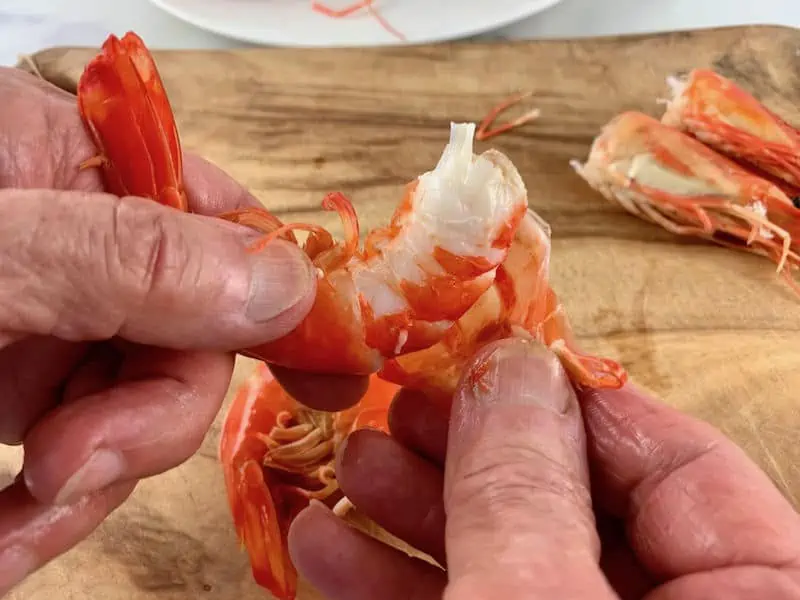
- If you would like to remove the tail, squeeze it and gently pull it away from the body.
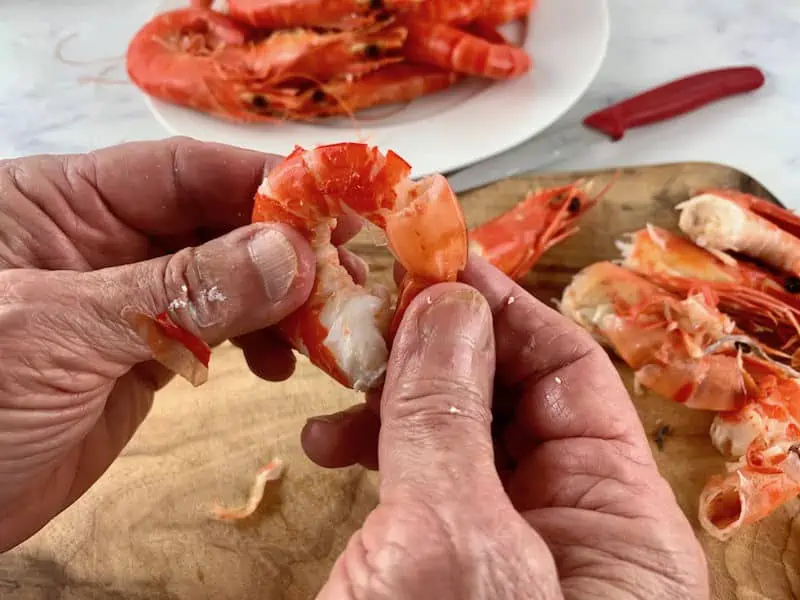
- Use a small sharp knife to make a slit along the middle of the back to expose the dark vein.
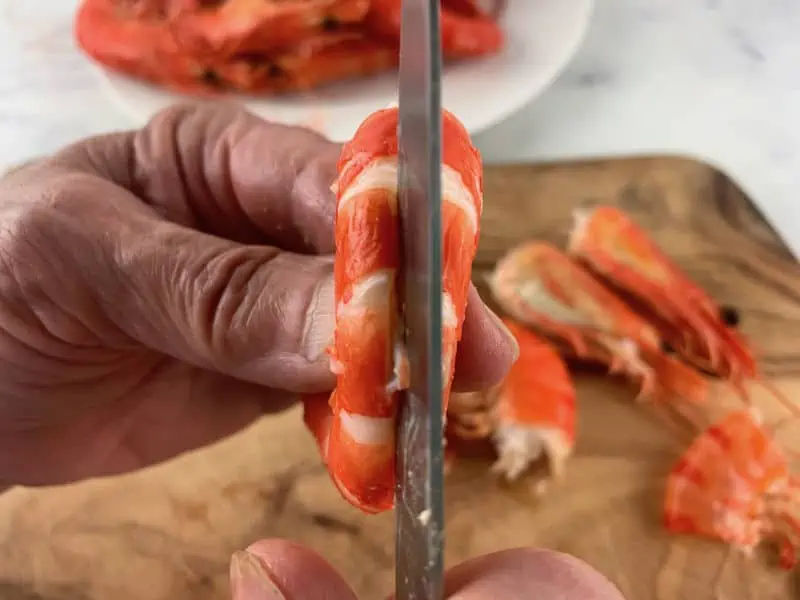
- With a small knife, pull out the dark vein.
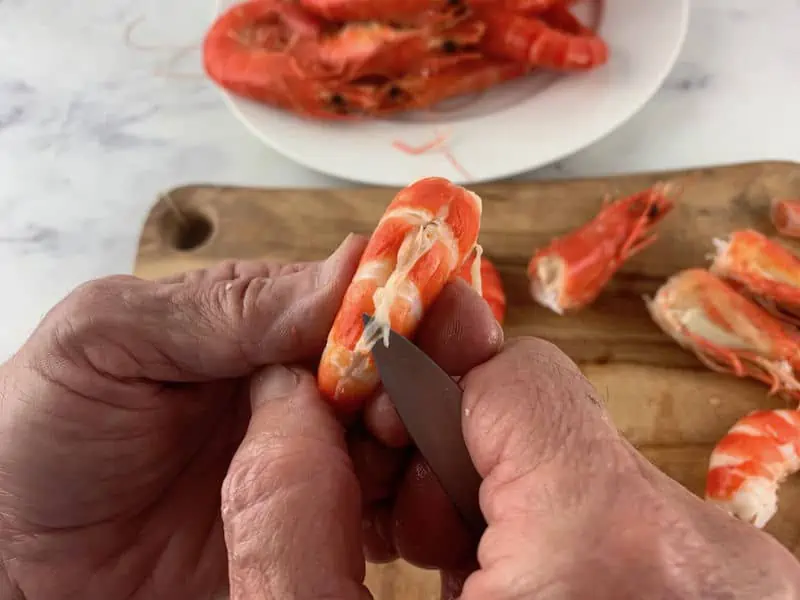
- Rinse in a colander under cold running water.

- Drain your prawns and squeeze out excess water before using.
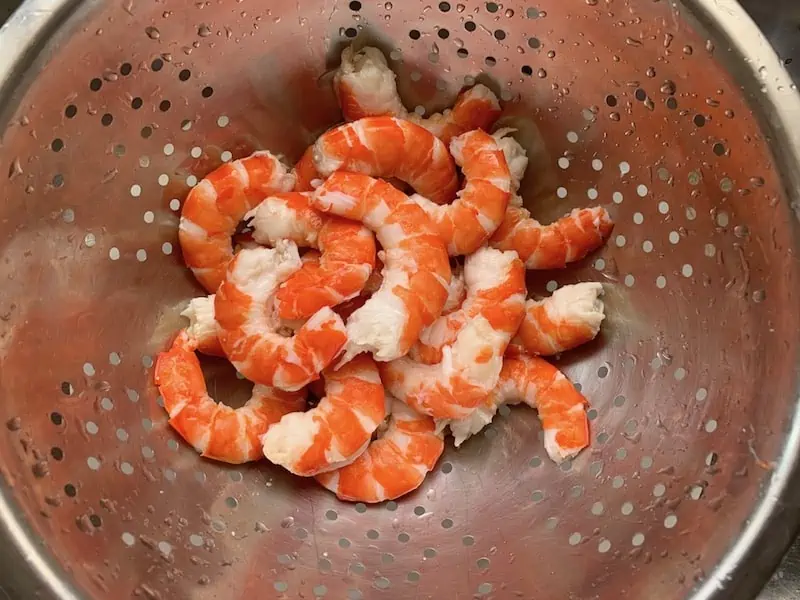
How to Tell if Your Prawns Are Fresh
There are four things to look out for -
- The head is firmly attached to the body, and the heads of shrimp deteriorate much faster than the bodies, so if they are hanging or are missing, that is a sign that they are not fresh.
- Look for prominent eyes that are shiny, and avoid the ones with shrunken or missing eyes.
- Avoid any discolouration; look for Firm and glossy shells without any black spots, as these are no longer fresh and were not rinsed and iced properly when harvested. Yellowing near the tail and legs can mean that Sodium Bisulfate (a preservative that helps with discolouration) was used excessively.
- Smell them; they should smell of seawater or seaweed. Steer clear of ones that smell of ammonia or rotten eggs, which is a sign of decomposition. Be aware that chlorine is sometimes used to mask offensive doors.
Do You Need to Remove the Prawn Vein?
Not really a “vein”, but the prawn's intestine or poop tract. The type of prawn and what it was eating determines how prominent the vein will be; some are thin and hardly noticeable, while others are dark, thick and grittier.
It is not recommended that you eat raw prawns that aren’t deveined because it is the prawn's intestines that carry a lot of bacteria. But cooking them kills off the bacteria and makes them perfectly safe to eat. Removing the vein is a matter of personal preference, not hygiene for cooked prawns.
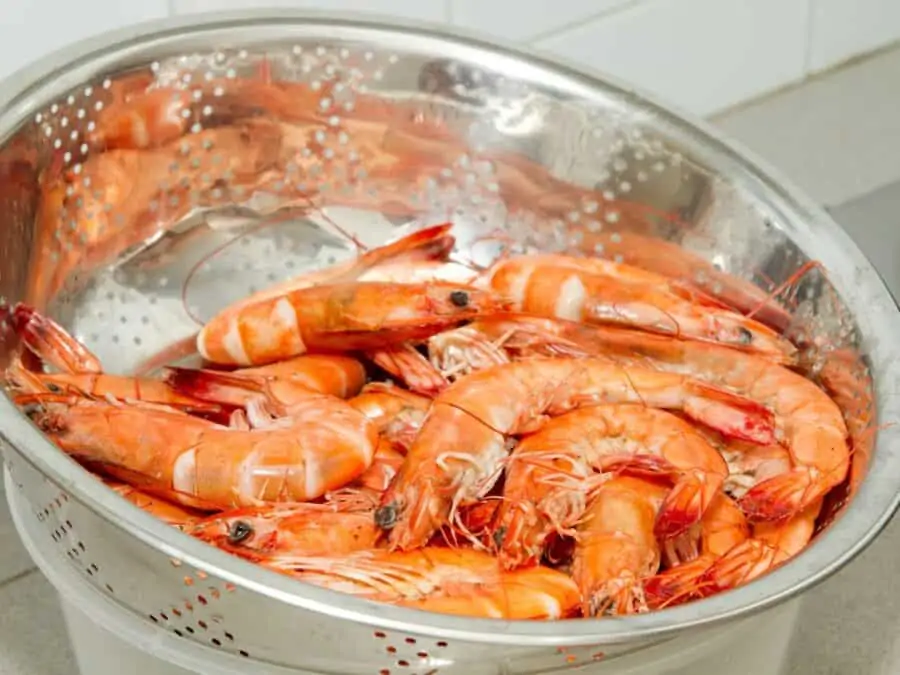
How to Defrost Prawns
Ideally, you should really start defrosting your prawns the night before in the fridge, but no need to panic 😱 if you forget.
How To Thaw Frozen Shrimp in the Fridge:
Take the prawns out of the freezer the night before, then put them in a colander with a bowl underneath to catch the melting liquid.
How To Quick Thaw Frozen Shrimp:
Don’t panic if you forgot to defrost your prawns; place them in a bowl with cold water with a plate on top to weigh them down and let them stand for 15 minutes or so, changing the water regularly. Strain them and squeeze out the excess water.
My super fast, it’s emergency method is to place them in a colander and run them under cold running water, using your hands to separate the frozen prawns from each other. Squeeze out the excess water.
People Also Ask…
How long do prawns last in the fridge?
Once prawns have been defrosted, they can be kept in a cold part of your fridge for one to two days.
What can I do with the leftover prawn shells?
- The shells are flavourful and make a great stock to use in gumbo, paella or bouillabaisse. The ratio is for the heads, shells and tails from 450 grams (1 pound) of prawns using four cups of water.
- For a quick stock, fry the prawn heads and shells with some garlic and fresh thyme (optional) from the garden until they begin to colour. I then add water and boil for 30 minutes. I drain and cool the stock and portion it into containers in the fridge until I am ready to use.
- For a more robust stock, I will add a roughly chopped onion when I am frying the shells and add a carrot, a small celery stock, 3-4 sprigs of parsley, wine and peppercorns with five cups of water.
Should you leave the tail on your prawns?
Yes! The tail can be left on the shrimp and can even be eaten wink 😉.
They look a bit fancier for a dinner party or to use as handles, but they are easier to eat without.
For dinner parties or fried battered/coconut prawns, I leave the tails on but for pasta or risotto; I usually remove them. It is up to you!

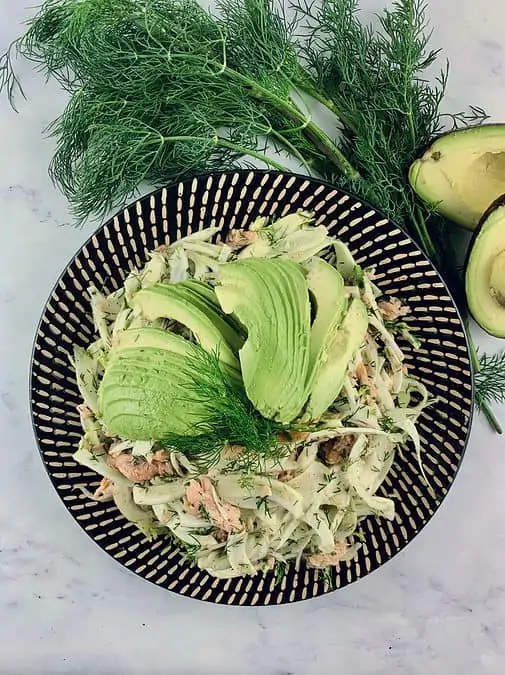
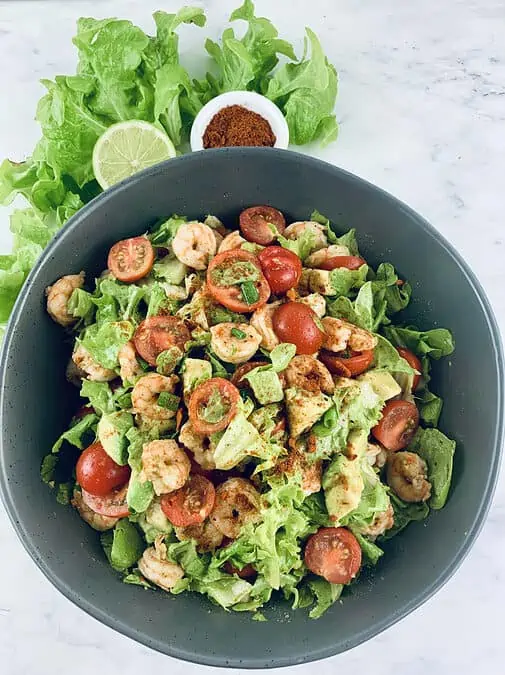
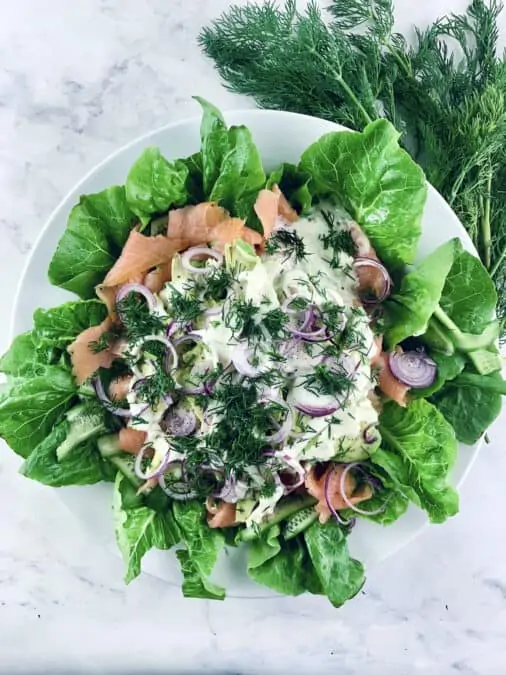
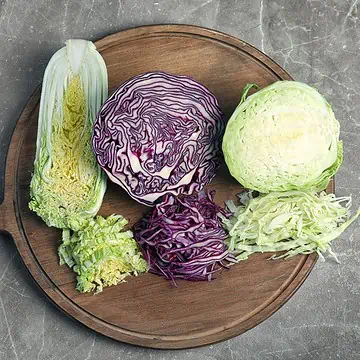
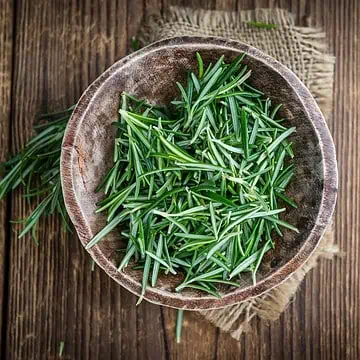
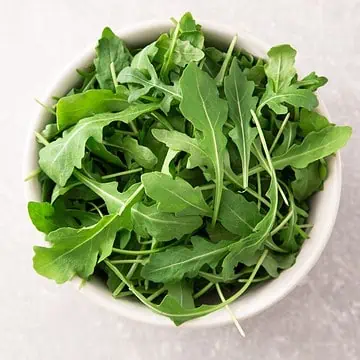
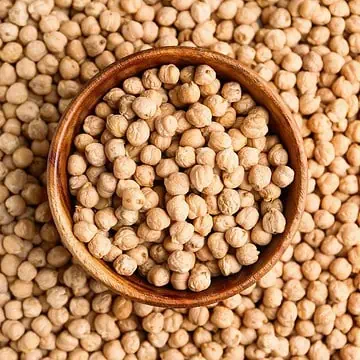
Leave a Reply